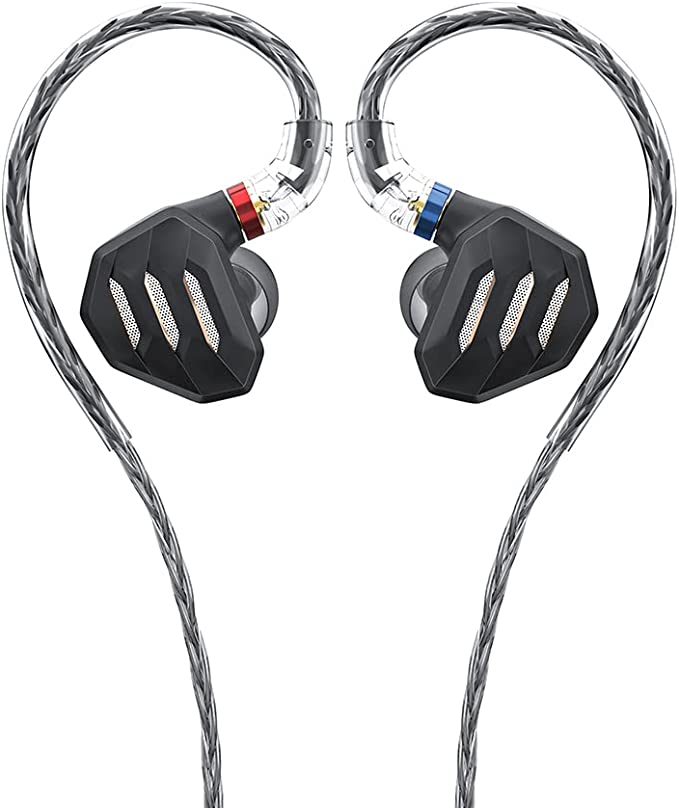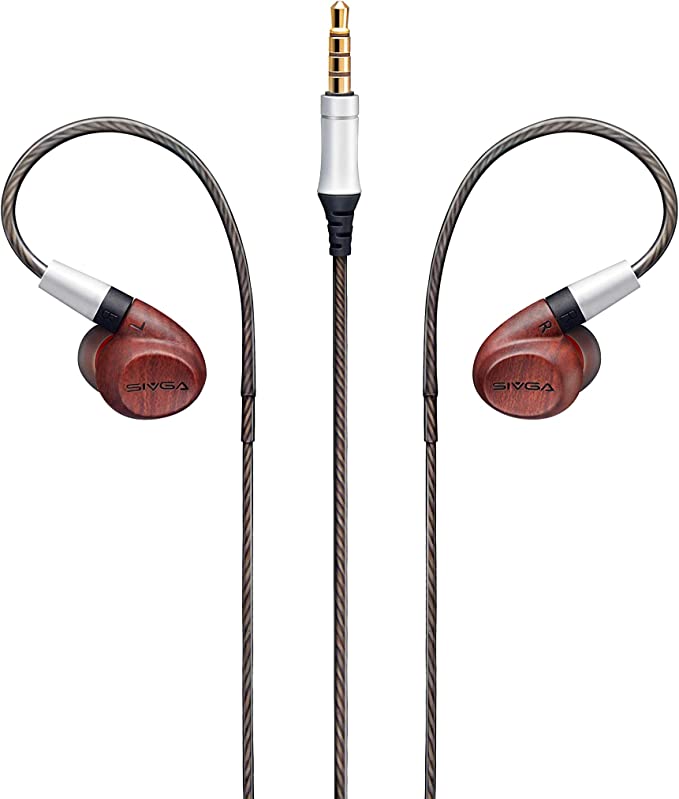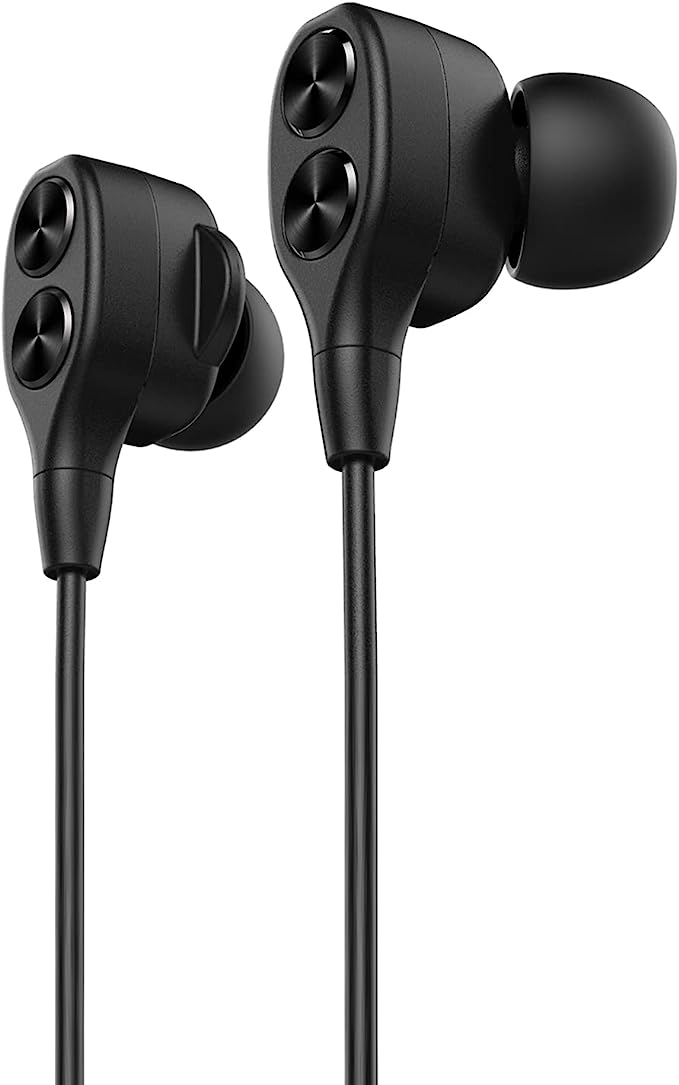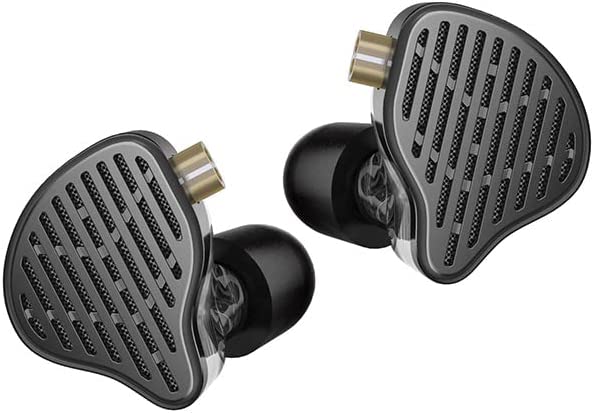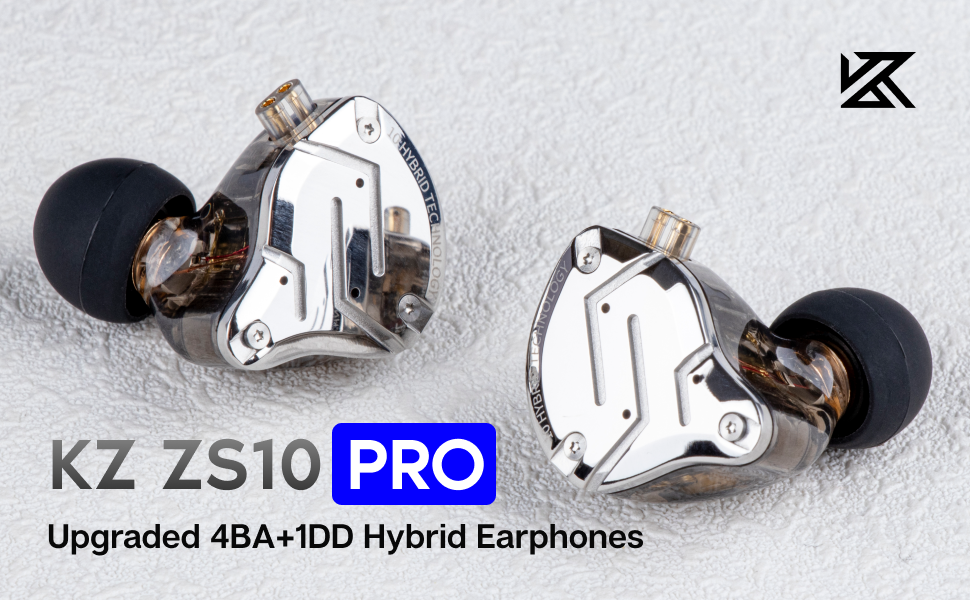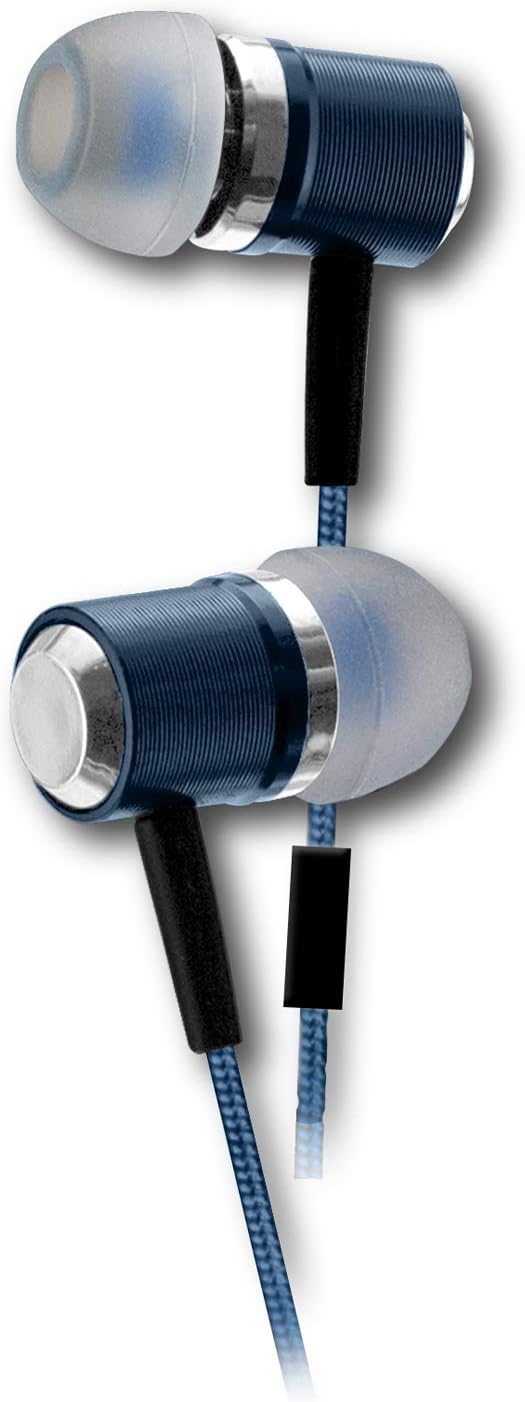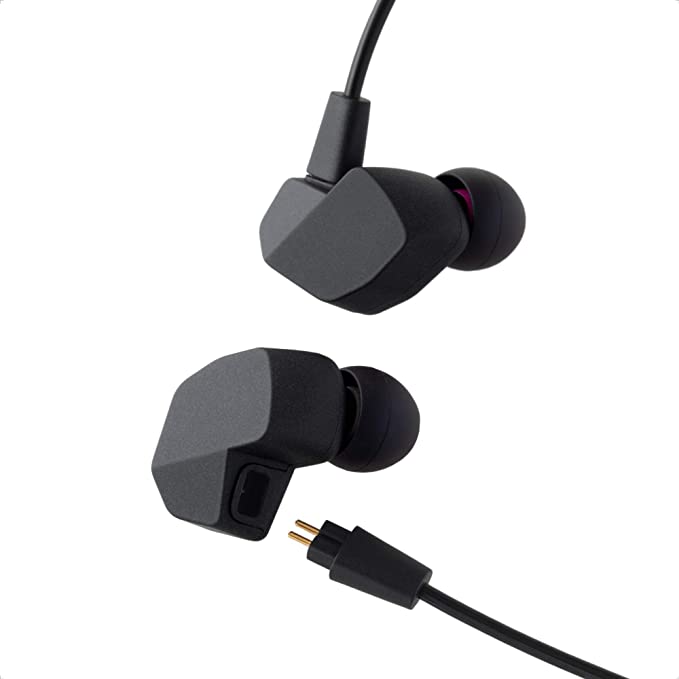Linsoul WGZBLON B50 50mm Composite Diaphragm Closed-Back Headphone: A Lightweight and Stylish Option for Audiophile-Quality Sound
Update on June 29, 2025, 3:46 p.m.
There is a universal, almost primal, desire we all share: to carve out a pocket of peace from the relentless noise of the world. We seek a sanctuary where a favorite song, a gripping podcast, or the immersive world of a game can exist unspoiled. This quest has driven a quiet revolution in personal audio, transforming the humble headphone from a simple gadget into a marvel of micro-engineering. To understand it, we must stop thinking of it as a product and start seeing it as a piece of architecture—a portable, private concert hall built just for you.
Let’s take a blueprint, the Linsoul WGZBLON B50, and step into the role of its architect. Our goal is not just to see what it’s made of, but to understand why it was built this way, guided by the immutable laws of physics and the elegant compromises of design.

The Foundation: Where Magnetism Learns to Sing
Every structure begins with a foundation, and in our acoustic hall, that foundation is the driver. At its heart lies a principle discovered in the 19th century: electromagnetism. A voice coil, pulsating with the electrical current of your music, moves within a magnetic field, pushing and pulling a diaphragm. This is the prime mover, the engine that translates abstract electricity into the tangible, physical vibration of sound.
The scale of this engine matters. The B50 employs a large 50mm diaphragm. Imagine this as the vast, sprung wooden floor of a concert hall. To create the deep, resonant notes of a cello or a bass guitar—sound waves that are physically long and powerful—you need to move a significant volume of air. A larger surface area, governed by simple physics, displaces more air with each pulse, laying a powerful, extended low-frequency foundation that you don’t just hear, but feel.
But what is this floor made of? If it’s too flimsy, it will wobble and warp under stress, distorting the sound. If it’s too heavy and thick, it can’t move quickly enough to reproduce the delicate flutter of a flute or the sharp attack of a snare drum. This is the eternal dilemma of the driver architect. The solution here is a Composite Diaphragm. Think of it as the acoustic equivalent of a Formula 1 car’s chassis—a fusion of materials engineered to be impossibly rigid yet incredibly lightweight. This design allows the diaphragm to move as a single, unified surface—a phenomenon known as “pistonic motion”—without flexing or creating the dissonant vibrations of “break-up modes.” It’s a triumph of material science, ensuring the structure is strong enough to handle power, yet nimble enough to render the finest details with accuracy.

The Walls: Sculpting a Chamber of Silence
With our foundation laid, we must erect the walls. The B50 is a Closed-Back Headphone, an architectural choice that defines its entire purpose. Unlike an open-air amphitheater (an open-back headphone), this design creates a sealed, controlled room around your ears. These walls serve a dual purpose: they provide passive noise isolation by forming a physical barrier to the chaos of the outside world, and they contain the sound within, preventing it from leaking out and disturbing others. It’s a private, acoustically treated chamber.
The material of these walls is paramount. A flimsy wall would vibrate in sympathy with the music, coloring the sound with its own unwanted resonance. Here, the architect chose CNC Aluminum. Aluminum has a high stiffness-to-weight ratio and, crucially, an excellent damping factor. This means it’s incredibly effective at absorbing vibrational energy and converting it into minuscule amounts of heat, rather than re-radiating it as sound. The CNC (Computer Numerical Control) machining process carves the earcups from a solid block, ensuring a level of precision and structural integrity that prevents any rattles or unwanted vibrations. These aren’t just earcups; they are acoustically inert walls, ensuring you hear the music, not the architecture.

The Power Grid: The Physics of Effortless Energy
Our concert hall is built, but it needs power. This is where we encounter two of the most misunderstood terms in audio: impedance and sensitivity. The B50 features a low impedance of 32 Ohms and a high sensitivity of 117dB.
Let’s turn to a different kind of architecture: plumbing. Impedance is like the width of a pipe. A low-impedance headphone is a wide pipe, allowing electrical current (the water) to flow with little resistance. Sensitivity is like the efficiency of the sprinkler at the end. A high-sensitivity headphone is a nozzle that creates a powerful spray with very little water pressure.
This combination of a “wide pipe” and an “efficient nozzle” is a direct response to the evolution of our listening habits. The Walkman, and later the smartphone, replaced powerful home stereos with small, battery-powered devices. These devices simply don’t have the voltage to push current through a “narrow pipe” (high impedance). The B50’s electrical design, governed by the fundamental principle of Ohm’s Law, makes it efficient. It can be driven to loud, dynamic levels by nearly any modern device, freeing you from the need for a bulky external amplifier. Furthermore, its high sensitivity respects the nature of our hearing. The decibel (dB) scale is logarithmic, just like our perception of loudness. The B50’s efficiency ensures that even the subtle dynamic shifts in a recording are rendered clearly and effortlessly.

The Human Factor: Where Structure Meets Sensation
Our hall is built and powered, but someone has to be comfortable inside it. The steel headband is the building’s structural frame, providing durability. But its most sophisticated role is as a calibrated spring, delivering a precise amount of clamping force. This isn’t just about keeping the headphones on your head; it’s a critical component of the acoustic design. That gentle pressure ensures the earpads form a perfect seal against your skin, which is essential for both the bass response and the effectiveness of the closed-back isolation.
Here lies the ultimate art of compromise in ergonomics. Too little force, and the seal is broken. Too much, and listener fatigue sets in. The architect must balance the demands of physics with the realities of human biomechanics. Finally, the detachable 3.5mm cable is more than a convenience; it’s a statement. In a world of sealed devices, it acknowledges that wear and tear happens. It treats the user as a custodian of the device, not just a consumer, embodying a philosophy of longevity and the right to simple repair.
Epilogue: A Resonant Harmony
As we step back from our blueprint, we see that the Linsoul WGZBLON B50 is not a mere assembly of parts. It is an orchestra of physics in harmony. It is the echo of an architect’s choices, where the rigidity of aluminum dampens a rogue vibration, where the lightness of a composite diaphragm captures a fleeting breath, and where the efficiency of its design allows it to sing from the humblest of power sources. A truly well-crafted instrument doesn’t draw attention to itself; it becomes a transparent window to the art it conveys. And in this small, private concert hall, the architect’s final triumph is to simply disappear, leaving you alone with the sound.



